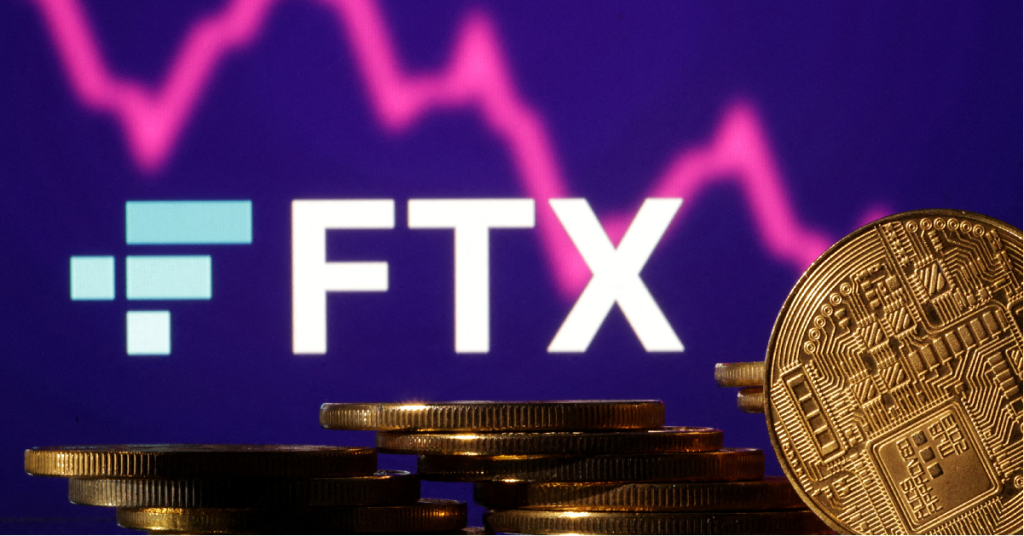FTX has listed four of Singapore’s government agencies as creditors in a court filing, which was submitted on January 25.
The Prime Minister’s Office (PMO), Ministry of Sustainability and the Environment (MSE), the Monetary Authority of Singapore (MAS), and Intellectual Property Office of Singapore (IPOS), were included in a 116-page creditor matrix.
Other prominent Singaporean companies were also on the list, including DBS, Group ONE Holdings (parent company of ONE Championship), Nium, and StraitsX.
Additionally, government agencies from Switzerland, India and Japan are also included in the list.
According to the Straits Times, however, the government agencies have since clarified that they are not creditors of FTX, and do not owe any money to them.
In response, FTX clarified in another court filing that “inclusion of a name on the Matrix does not necessarily indicate that the party is a creditor of any of the Debtors”.
According to insolvency lawyers, creditor matrices tend to be over-inclusive and are meant to notify potential or possible creditors of developments in a case, and that financial regulators may also be on the list if the bankrupt company was operating in those countries.
Crypto exchange FTX had collapsed late last year, after CoinDesk published an article detailing Alameda’s balance sheet, and noted how much of the assets were actually denoted in FTT, FTX’s own token.
As the news spread, Binance founder CZ announced that he would liquidate any FTT that Binance held. FTX users panicked, and the exchange saw US$6 billion in withdrawals within 72 hours, forcing the exchange to halt withdrawals.
After an abortive effort to get a bailout for FTX, the company filed for bankruptcy, and FTX founder Sam Bankman-Fried (SBF) resigned from the company. SBF has since been arrested in the Bahamas, and has agreed to be extradited to the US to face charges of wire fraud, money laundering, and campaign finance charges.
Featured Image Credit: Reuters










